Growing Focus on Energy Security
The increasing focus on energy security is a crucial driver for the Steam Turbine Market. Nations are prioritizing the development of reliable energy sources to mitigate risks associated with energy supply disruptions. Steam turbines, with their versatility in fuel usage, including natural gas, coal, and biomass, provide a stable solution for energy generation. The need for energy independence has prompted investments in domestic power generation capabilities, further enhancing the demand for steam turbines. As countries strive to secure their energy future, the steam turbine market is likely to benefit from this strategic emphasis on energy resilience.
Increasing Demand for Electricity
The rising demand for electricity across various sectors is a primary driver for the Steam Turbine Market. As urbanization and industrialization continue to expand, the need for reliable and efficient power generation becomes paramount. According to recent data, electricity consumption is projected to grow by approximately 2.5% annually, necessitating the installation of new power generation facilities. Steam turbines, known for their efficiency and ability to operate on various fuels, are increasingly favored in both traditional and renewable energy plants. This trend indicates a robust market for steam turbines, as they play a crucial role in meeting the escalating energy needs of industries and households alike.
Government Initiatives and Policies
Government initiatives aimed at promoting clean energy and reducing carbon emissions significantly influence the Steam Turbine Market. Many countries have implemented policies that encourage the use of renewable energy sources, such as wind and solar, which often require steam turbines for energy conversion. For instance, incentives for combined heat and power (CHP) systems have led to increased installations of steam turbines in industrial applications. Furthermore, regulatory frameworks that mandate emissions reductions are likely to drive investments in more efficient turbine technologies. This supportive policy environment is expected to bolster the steam turbine market as industries adapt to comply with environmental standards.
Technological Innovations in Turbine Efficiency
Technological innovations aimed at enhancing turbine efficiency are pivotal to the Steam Turbine Market. Advances in materials science, computational fluid dynamics, and manufacturing processes have led to the development of high-efficiency steam turbines that can operate at higher temperatures and pressures. These innovations not only improve the overall performance of steam turbines but also reduce operational costs for power plants. The market is witnessing a shift towards turbines that incorporate advanced features such as digital controls and predictive maintenance capabilities. As these technologies become more prevalent, they are expected to drive the adoption of steam turbines in various applications, thereby expanding the market.
Rising Investments in Infrastructure Development
The ongoing investments in infrastructure development, particularly in emerging economies, serve as a significant driver for the Steam Turbine Market. Governments and private sectors are channeling funds into building new power plants, transportation systems, and industrial facilities, which require substantial energy inputs. The International Energy Agency has indicated that infrastructure investments are projected to reach trillions of dollars over the next decade. Steam turbines are integral to these developments, providing the necessary power generation capabilities. As infrastructure projects proliferate, the demand for steam turbines is likely to increase, reflecting the essential role they play in supporting economic growth.
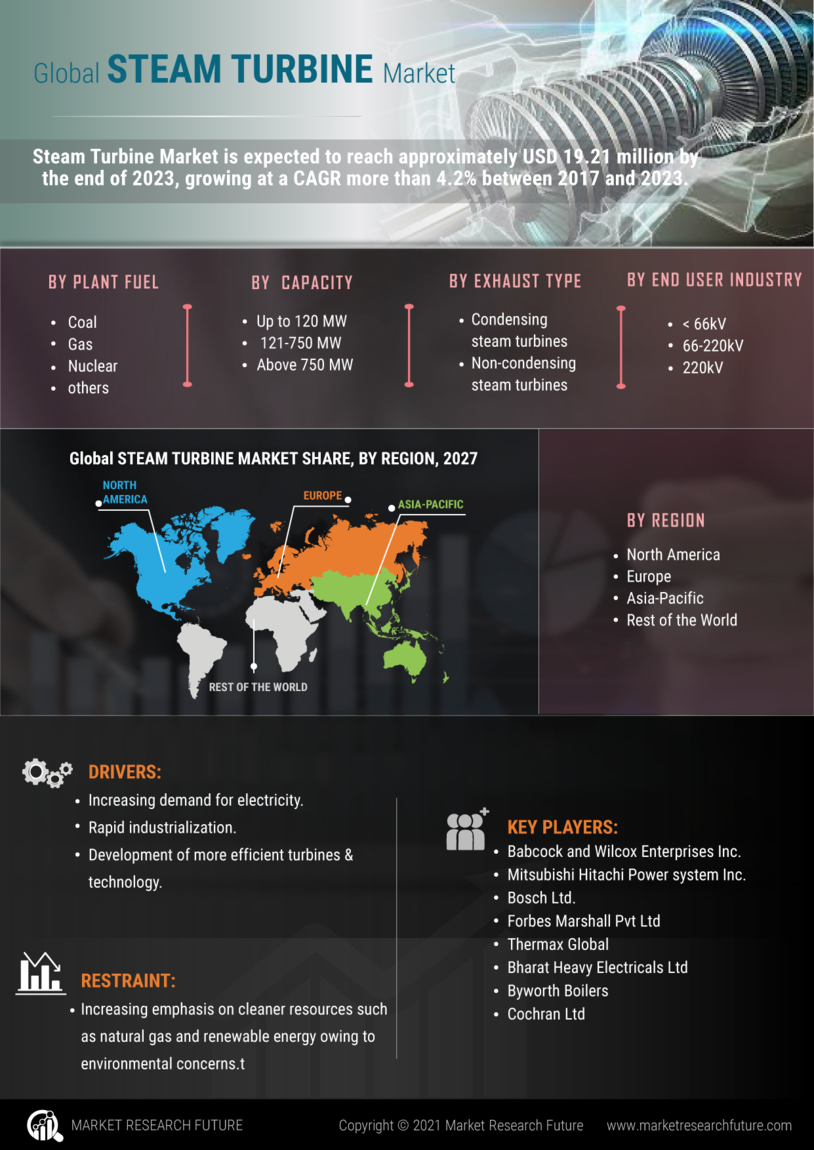

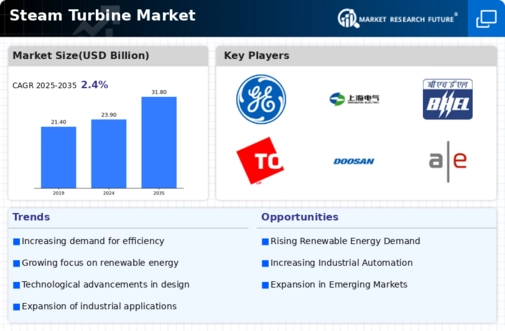
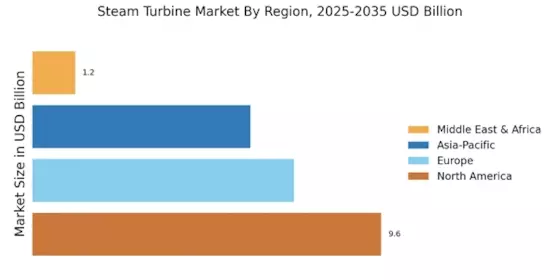
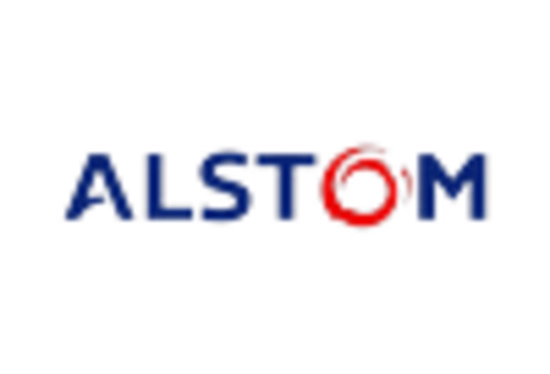
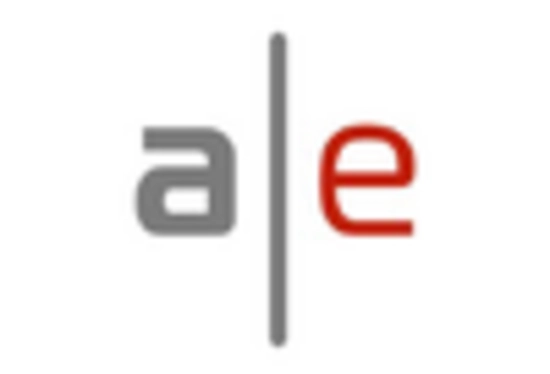
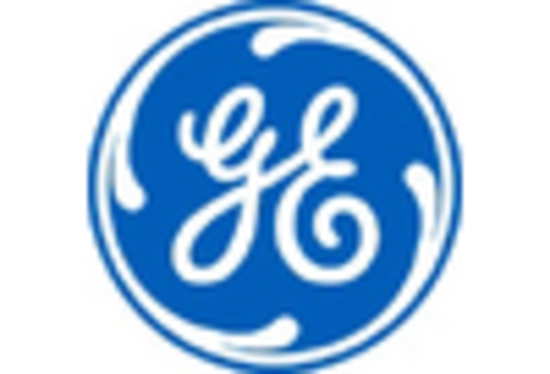











Leave a Comment